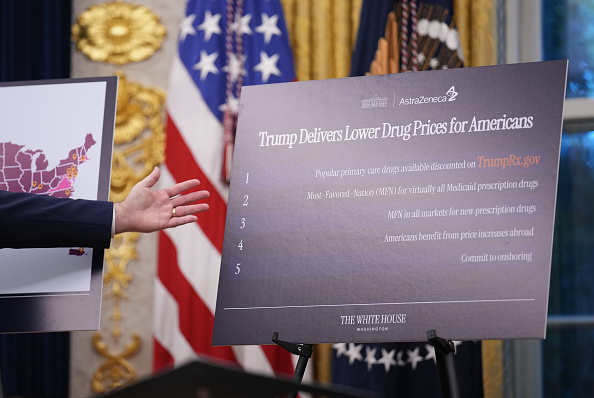A great deal of power under the Wall Street Reform and Consumer Protection Act of 2010 has been given to the Federal Reserve, the central banking system of the United States, which is primarily responsible for setting the nation’s monetary policy. These include new powers to “identify, measure, monitor, and mitigate risks to the financial stability of the United States.”
Critics of the Fed’s new powers argue they repeat many of the government’s recent mistakes and fail to address the most pressing problems of the existing regulatory system. And even though the law championed by Sen. Chris Dodd (D-CT) and Rep. Barney Frank (D-MA) was enacted in July, the Fed’s new powers are yet to be fully defined, says Eli Lehrer, director of The Heartland Institute’s Center on Finance, Insurance and Real Estate.
“I don’t know if it’s quite clear. Most of the ‘new’ powers were already implicit in the Fed anyway,” Lehrer says. “While it gains some new powers, these are counterbalanced by the fact that we now have one general-purpose regulator for banks and thrifts at OCC [Office of the Comptroller of the Currency]. I think that time—and the specifics of regulations—will tell.”
Cato Institute analysts note the bill neglects to address the growing problems posed by Fannie Mae and Freddie Mac, the government-sponsored companies that securitized many of the bad mortgage loans that sparked the financial crisis. They also note the bill does nothing about the loose monetary policy and cheap credit that also fueled the housing bubble.
Harmful Short-Term Focus
Professor George Kaufman of Loyola University-Chicago is a former research fellow, economist, and research officer at the Federal Reserve Bank of Chicago. He warns the Fed’s efforts at quick fixes to the economy may hurt the economy in the long run.
“The Fed is in uncharted waters and playing it by ear,” says Kaufman. “It is switching more attention to the short run, and this may come back later to haunt us. At this stage, better strategies are hard to devise, but it should not lose sight of the exit strategy that needs to reduce the huge amount of liquidity injected into the system before it explodes into inflation.”
New Capital Requirements
The bill’s critics also say the additional regulatory barriers to lending, and higher capital requirements for banks, will deepen the credit crunch by making new credit less available to investors and entrepreneurs. Jim Johnston, an economic advisor at The Heartland Institute, compares these higher capital requirements to the mistakes of the Fed during the Great Depression.
Even worse, he adds, they are moving to the international level with the recent Basel III international banking accords. Basel, Switzerland, is home to the Bank for International Settlements, an intergovernmental organization of central banks.
“This is like the 1936 requirement to double the reserve minimum,” says Johnston. “The Fed thought that confidence would return, and the banks would not have to change their behaviors because they already had twice the required reserves on average.
“What happened was that the banks, according to [Milton] Friedman and [Anna Jacobson] Schwartz, further increased their reserves, thereby drying up lending, and pushed the U.S. economy into the sharpest depression in history,” Johnston added. Friedman and Schwartz wrote A Monetary History of the United States, 1867-1960, first published in 1963.
Big Dodd-Frank Cost Predicted
Taken as a whole, the Dodd-Frank plan to restructure how Wall Street is regulated could be costly for taxpayers and business owners alike, says Robert Genetski, one of the nation’s leading economists and financial advisors. He says the regulations could end up costing taxpayers trillions of dollars.
“A detailed analysis of Dodd-Frank indicates that it is more than 30 times more intrusive and complex than the Sarbanes-Oxley (SOX) regulations,” says Genetski. “The cost of compliance for SOX regulations is estimated at $50 billion over five years. This suggests that Dodd-Frank will cost taxpayers more than $1.5 trillion over the next five years.”
Lehrer argues a cautious approach by the Fed may serve the economy better over time.
“Additional loosening of monetary policy would certainly promote growth at the moment, and, insofar as it might be inflationary, would actually help the economy overall since deflation is a much bigger threat than inflation at present,” Lehrer says. “That said, there are some promising signs, and I think that it may be better to continue on the cautious approach that Bernanke seems to be pursuing.”
Johnston is less sanguine regarding the Fed’s growing role in the economy.
“Monetary economist Harry Johnson observed the following in 1975: ‘Whom the gods would destroy, they first endow with a central bank. Then to ensure that the destruction will be complete, the gods encourage the bankers to meet in international forums in order to insure that all the banks make the same mistakes.'”
Matthew Glans ([email protected]) is a legislative specialist in financial services for The Heartland Institute.



